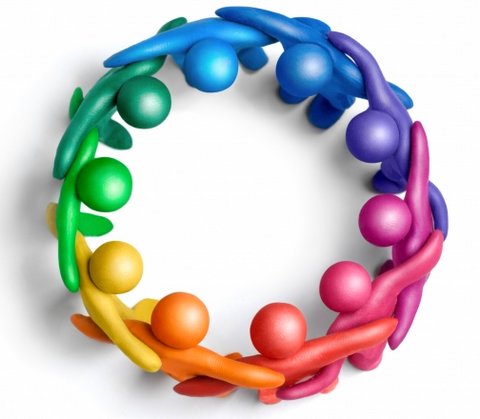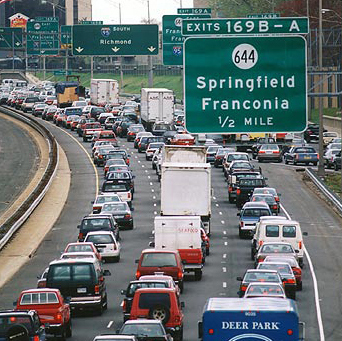 It’s unlikely to hear of music consumers who have never downloaded at least one song illegally. Whether through P2P networks such as the old Napster or Kazaa, through bit-torrent programs, or from some random website hosting download-able mp3s.
It’s unlikely to hear of music consumers who have never downloaded at least one song illegally. Whether through P2P networks such as the old Napster or Kazaa, through bit-torrent programs, or from some random website hosting download-able mp3s.
However, there are those few who are still loyal to the bands they hear. But even so, there is still free music out there, online. And it is legal. Streaming music has become highly popular over the last decade. With almost any song available for free on-demand, how can one resist listening?
In a tough economy, people must choose their luxuries carefully. And when free alternatives present themselves, especially those of the legal variety, people are bound to respond, and in a big way. Consumers have jumped on the streaming music bandwagon like it’s their job, myself included. Websites such as MySpace and the newly created Grooveshark are just a couple of the countless websites that offer free online streaming of millions of songs. Why do they offer this? Consumer traffic. While they don’t make money from music sales, they receive ad revenues from companies trying to benefit from all the traffic the websites generate.
The response: making subscription services more appealing. Not just to the music listener, but to the site hosting the music as well. According to Anthony Bruno of Billboard,
…expect to see the music industry increase its efforts to make paid services more compelling than free ones. The high rates charged today for ad-supported music are designed to make it less compelling for the service provider.
As for illegally downloading music, the debate is still heated on whether it hurts the music industry or not. While the RIAA estimated a loss of 4.2 billion dollars a year in music sales due to piracy, Chia-chen Wang et al. state,
…file sharing does not have a significant effect on music sales from an economical perspective… more than half the people who have listened to pirated music would buy licensed CDs. Therefore, downloading serves as a means of sampling before purchase.
I’ll let you be the judge…


